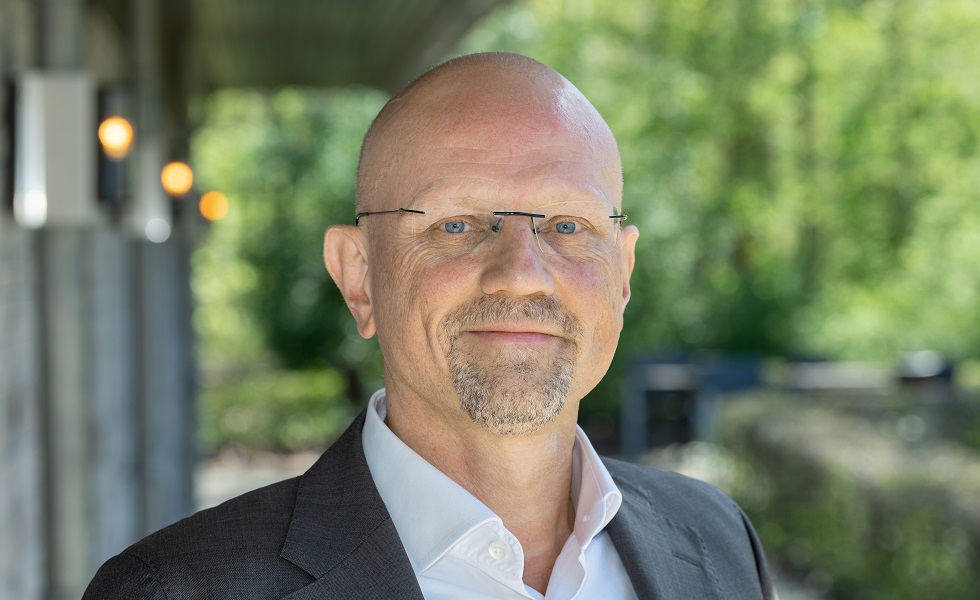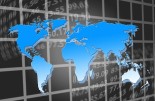Harry Geels: Censorship is creeping into Europe

This column was originally written in Dutch. This is an English translation.
By Harry Geels
According to a recent article in The Economist, freedom of speech in Europe is under pressure. Is this true? And if so, what are the driving forces behind it? In this column, I explore four possible motives behind this development — from mission creep to hypersensitivity — and argue for philosophical restraint when it comes to censorship.
The Economist recently published an article entitled “The threat to free speech in Germany”. It describes how strict German laws against hate speech and defamation are increasingly being used to suppress political criticism and satire.
For example, a journalist was sentenced to seven months in prison for sharing a meme showing Minister Nancy Faeser with the text: “I hate freedom of speech”. Vice-Chancellor Robert Habeck has also filed several criminal complaints against critics, leading to fines, raids and prosecution. According to The Economist, this is damaging Germany's reputation as a liberal democracy. In 1990, 80% of Germans said they could express their opinions freely; now, less than half do.
The Digital Services Act: censorship as a precaution
The Digital Services Act (DSA), in force since 2022, requires platforms to remove illegal content. In practice, this leads to excessive censorship. According to the Future of Free Speech Project, legal content was primarily removed in countries such as Germany, France and Sweden. Platforms play it safe to avoid fines and also remove messages in grey areas. This means self-censorship and, therefore, a real restriction of freedom of expression.
Nuance: the difficult balance
The Economist rightly raises questions, but some nuance is appropriate. Democracies have always struggled to strike a balance between freedom of expression and combating harmful speech. In Germany, the Nazi past undoubtedly still plays a role.
Moreover, it appears that many of the messages that have been removed can indeed be considered dangerous from a legal point of view. But the fact that legal content is also being removed confirms the concern: we are seeing “over-compliance” and fear-driven moderation on social platforms, especially on “sensitive” topics such as Covid and Gaza.
Four possible motives behind the new censorship
There are roughly four hypotheses as to why governments want to censor.
1) Fear of destabilisation
Governments fear political instability, especially now that groups are retreating into closed online “echo chambers”. The spread of deliberate disinformation — think QAnon or Russian trolls — makes governments nervous.
Moreover, their own communications are drowned out by the noise of social media.
2) Mission creep
What starts as local regulations to protect minorities grows through national legislation and EU directives into a system of ever-expanding restrictions. This is how censorship creeps in. Mission creep is not a problem exclusive to restrictions on freedom of expression; it threatens virtually every form of legislation.
3) Technocratic paternalism
The assumption that “the elite” knows better what is good for citizens leads to technocratic interference: “wrong feelings” are corrected in order to control the government narrative. But censorship breeds mistrust, which in turn leads to alternative channels, which are then censored again. A vicious circle.
4) Hypersensitivity and psychological safety
A hypersensitive society, partly born out of the well-intentioned woke movement and identity politics, increasingly sees expressions as microaggressions. Psychological safety takes precedence over robust debate. Young people in particular — sometimes disparagingly referred to as “snowflakes” — prefer emotional comfort over confrontation.
Philosophical restraint
Whatever the motives, we must be extremely cautious, philosophically speaking, about any form of restriction on freedom of expression. Of course, hate speech and incitement to violence have no place in public debate. But beyond that, the space must remain as wide as possible.
As Winston Churchill reportedly said: “Your truth, my truth, and the bloody truth.” There is no single truth, so who can determine which information is correct? Or, as Friedrich Nietzsche put it: “Truths are illusions whose illusory nature we have forgotten.” No facts, only perspectives.
Misinformation is not the same as disinformation
In English, a distinction is rightly made between misinformation, which is incorrect information based on ignorance, and disinformation, which is deliberate deception. The former is much more common. Yet censorship measures often target both, leading to disproportionate responses. The cure becomes worse than the disease.
Alternatives to censorship
Philosophers such as Maarten van Doorn point out that people are capable of making good judgements, provided they are confronted with contrary, logical arguments. Open debate works better than censorship, and certainly better than excluding certain voices. Such exclusion only fuels polarisation.
Another helpful measure is mandatory identification on social media. People think twice before posting their name alongside their opinion. This also eliminates troll behaviour (trolls are actually the only spreaders of fake news). In addition, the algorithms of social platforms should be public, so that we understand why certain information appears or disappears and can form an opinion about it.
Finally: Schopenhauer against hysteria
And above all: we must continue to think for ourselves. As Arthur Schopenhauer wrote: “Half of our wisdom comes from saying nothing or believing nothing.” Or, as he remarks elsewhere: “Consider the opinions of others as a theatre play. In this way, we develop distance and humour with regard to human folly.”
This article contains the personal opinion of Harry Geels.










